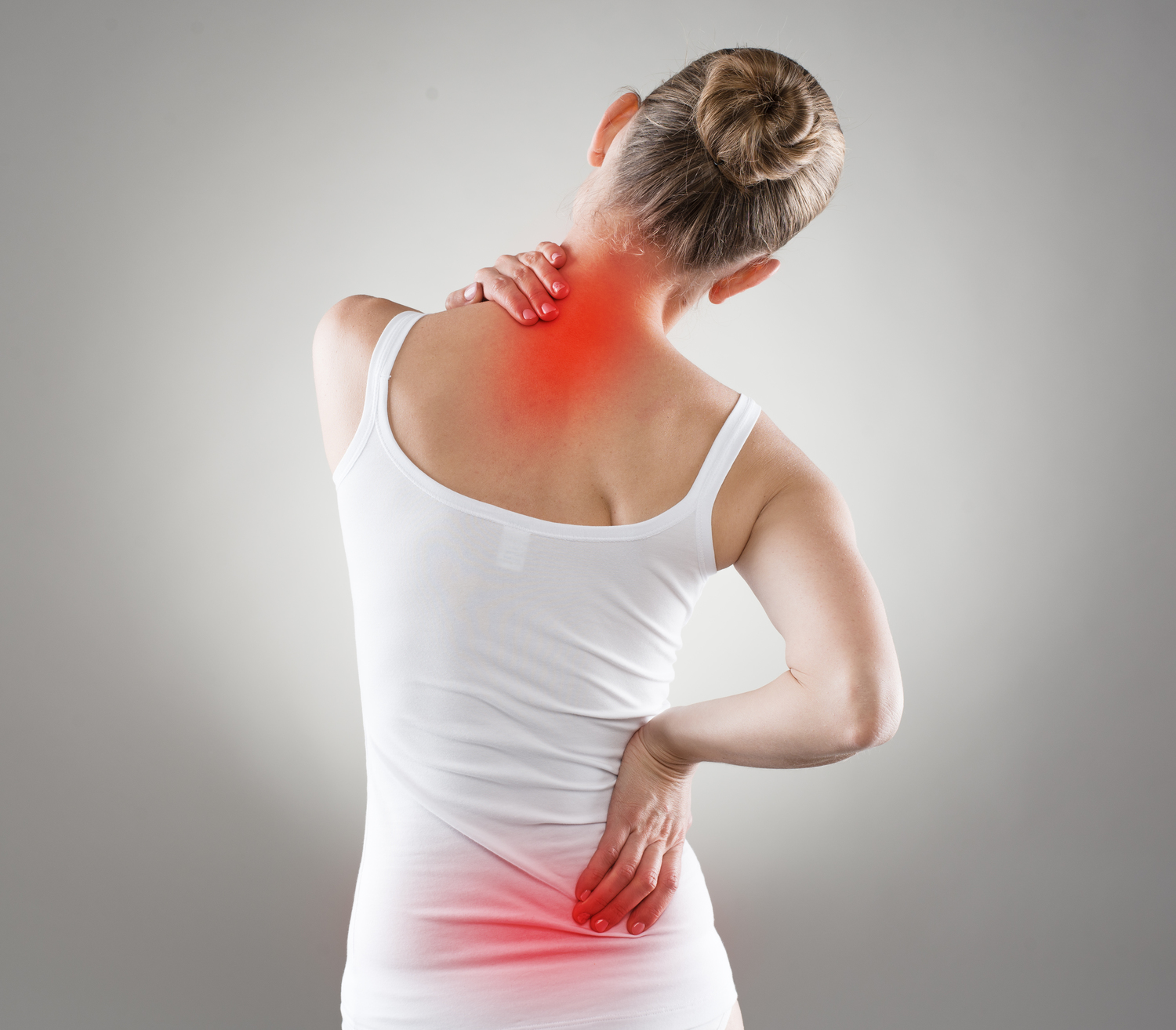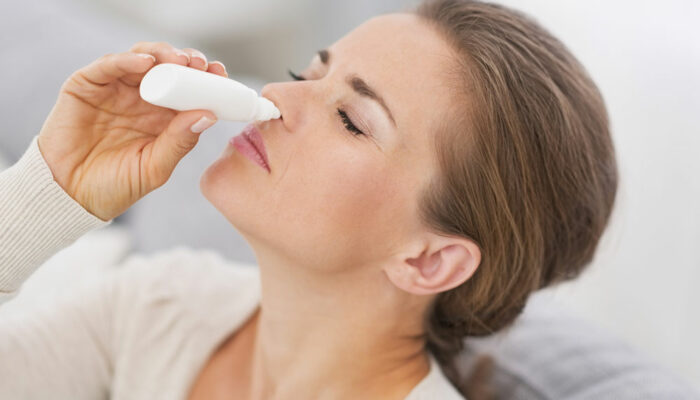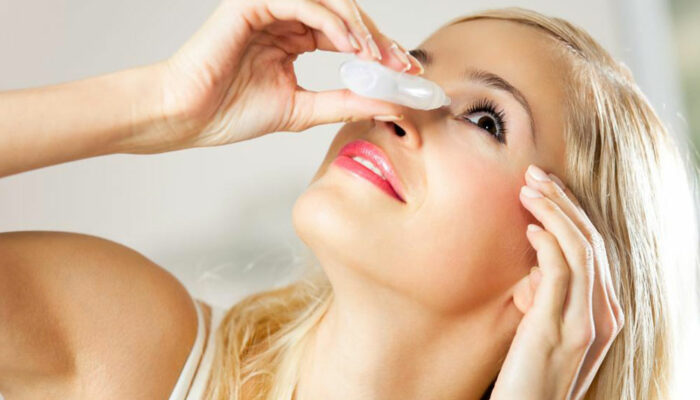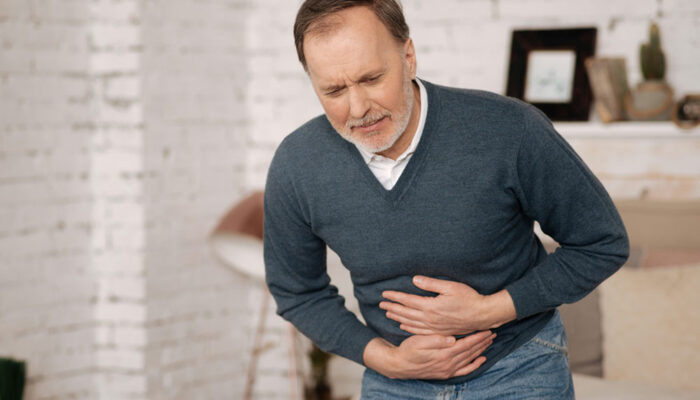
5 Early Symptoms of Osteoporosis
Bones are living structures that store minerals and calcium that your body needs. They grow continuously and collect bone density and mass throughout your life. However, there are some factors that affect your bones that can not be diagnosed in a doctor office setting. As we age, bones may become brittle and porous; this condition is called osteoporosis and it happens when new bone growth is not replaced quickly enough to replace bone loss.
This process is called resorption, and it can cause fractures or bone breakage. Resorption occurs when there is a lack of calcium or nutrition in your diet. Other factors include smoking, alcohol consumption, or steroidal treatment. These factors widen the pores in the structure of the bones, thereby increasing the risks of osteoporosis, which affects bones in the hips, ribs, spine and wrist. Some of the causes of osteoporosis include age, medications, menopause, poor nutrition and smoking. Your bone health is an essential part of your overall health, but you can not see them like your eyes or hear them like your heart for diagnosis. However, there are symptoms of osteoporosis that can alert you that there is a problem. The symptoms include the following:
1. Receding Gums
Your teeth are attached to the jaw bone. If you lose your jaw bone, it can cause your gum to recede. Studies have shown that, in women, loss of jaw bone is associated with mineral mass in the vertebral bodies of the spine.
2. Height Loss
As we age, it is not unusual to lose height. Vertebral fractures and poor posture can be a cause of height loss. Poor posture can also mean your muscles are weakening around the spine. Since the muscles and the bones work as a unit, and they lose and gain strength together, it is more likely that muscle loss is connected to the bone loss.
3. Nail Breakage
If your nails are brittle and they chip easily, it could mean that you have weak disulphide bonds, which is a sticky substance that holds proteins together. Bone and nails contain disulphide bonds. Bones are made of collagen protein, and nails are made of Keratin, a hardened protein. Vertical ridges or weak nails could be a sign that you need to increase the calcium in your diet.
4. Muscle Aches and Bone Pain
We tend to accept pain and aches as a way of life as we get older, but symptoms like these may mean a need for bone support. Bones and muscles are often ignored, but it is a sign that you should add or boost your Vitamin D intake. Vitamin D is a bone builder. Experts have cited an alarming increase in Vitamin D deficiency, and researchers are evaluating its connection with pain in the muscles. Cramps are another sign that should not be ignored, although many mechanisms cause foot and leg cramps. However, leg cramps mostly happen at night and are a strong signal of magnesium and calcium deficiencies. But leg cramps which often occur at night are signs that your magnesium, calcium or potassium levels are too low at night when there is no consumption of food. Extreme bone loss can occur if this persists.
It is recommended that women take magnesium-calcium supplements at bedtime to relieve symptoms.
5. Decreased Grip Strength
Overall grip and muscle strength are fundamental for good balance. As we get older, it is important to try to reduce the risk of falling and fractures. Studies show in postmenopausal women that handgrip test is the most crucial test when it comes to measuring bone mineral density. Fortunately improving overall muscle strength and handgrip strength is possible at any age.



